Community Safety
As children grow older and gain independence, it becomes imperative for them to learn community safety skills. ABA-based approaches to preventing abduction, eliminating gun play, preventing poisoning, and more specific safety concerns have been disseminated through research. Most of these approaches rely on behavioral skills training (BST), an empirically-validated package involving instructions, modeling, role-play, and feedback.
BST has been used to teach a variety of skills in research and practical settings to both children and adults. The first step caregivers should take in using BST is to identify the skill they wish to teach to a child. Next, they should identify all components of that skill. For example, if the skill they wish to teach is safe street crossing, the caregiver should think about whether they want to teach street crossing in the presence of a traffic signal/light, when there is just a crosswalk, or if there are times when it might be necessary to cross the street where there is no crosswalk. Children will have to behave a little differently in each of these situations.
Let’s assume that we want to teach children to cross the street when there is no traffic signal but there is a crosswalk. Caregivers should break down all the steps that a child needs to complete in order to do this safely, including looking both ways, assessing whether cars are present, judging how much distance is between them and the cars, waiting until any nearby cars come to a stop before proceeding to cross, and then crossing while continuing to monitor.
Once the skill to be taught is clearly defined and broken down into components, BST approaches will include the following:
Instructions: The caregiver should clearly explain the expectation to the child. Use age-appropriate terms and describe exactly what the child should do. Pictures may be helpful at this step to help children visualize a street crossing scenario.
Modeling: In this step, an adult demonstrates the correct way to perform each step of the safety skill. This can be done through live demonstrations or by using videos, pictures, or social stories.
Role-play: After an adult models the skill, the child should be given the opportunity to practice the skill through role-playing. At this stage, role-playing should take place away from the street for safety reasons. Here is where the caregiver can get creative! Use sidewalk chalk to draw out a street on a private driveway or set up a row of books or pillows in a living room to emulate a street curb. Caregivers should help the child through different scenarios to simulate various situations that might occur when street-crossing.
Feedback: During the role-playing exercises, the caregiver should provide feedback to the child on their performance. Praise the child’s efforts as well as the specific aspects of their role play that went well and met the expectation. Make sure to also give corrective feedback for any mistakes. Everybody makes mistakes sometimes, and we can think of mistakes as opportunities to learn. When it comes to safety skills, a mistake that occurs outside of the role-play environment could result in a dangerous situation. Therefore, we do have to spend time ensuring that children know and can demonstrate the targeted safe behavior in the role-play setting.
These components: Instructions, Modeling, Role-Playing, and Feedback can be applied to teach additional community safety skills including walking safely in parking lots, responding to strangers, and paying for products in a store, among others.
A Board-Certified Behavior Analyst (BCBA)® can help caregivers identify and correct any concerns. To find a BCBA near you, consult your pediatrician or local school district. You can also go to www.bacb.com to search for providers. Additionally, you may email abaforkids.org@gmail.com for individualized help with your search.
Have a Question?
Please feel free to reach out if you have any questions or want to learn more about Applied Behavior Analysis (ABA).





